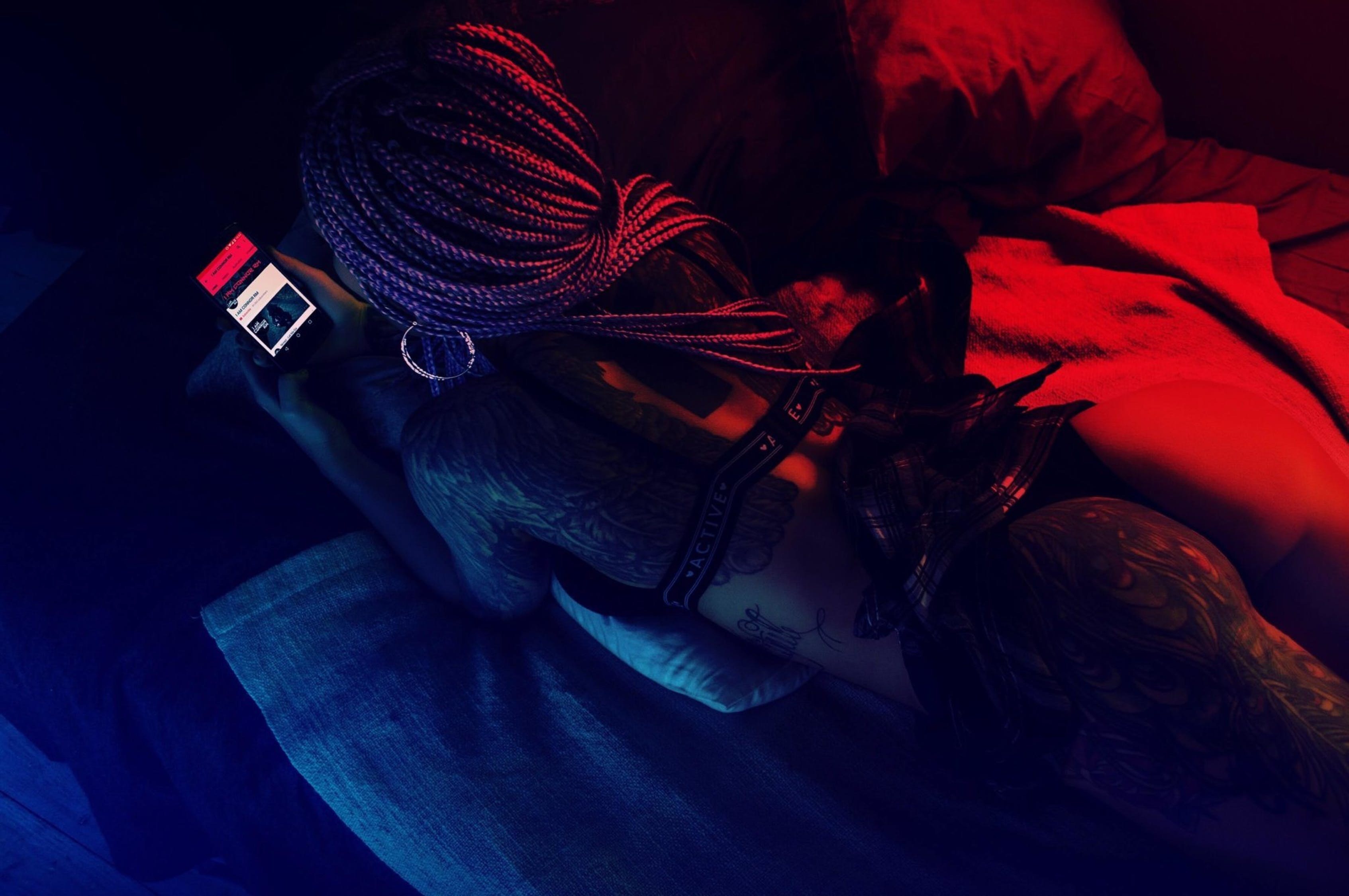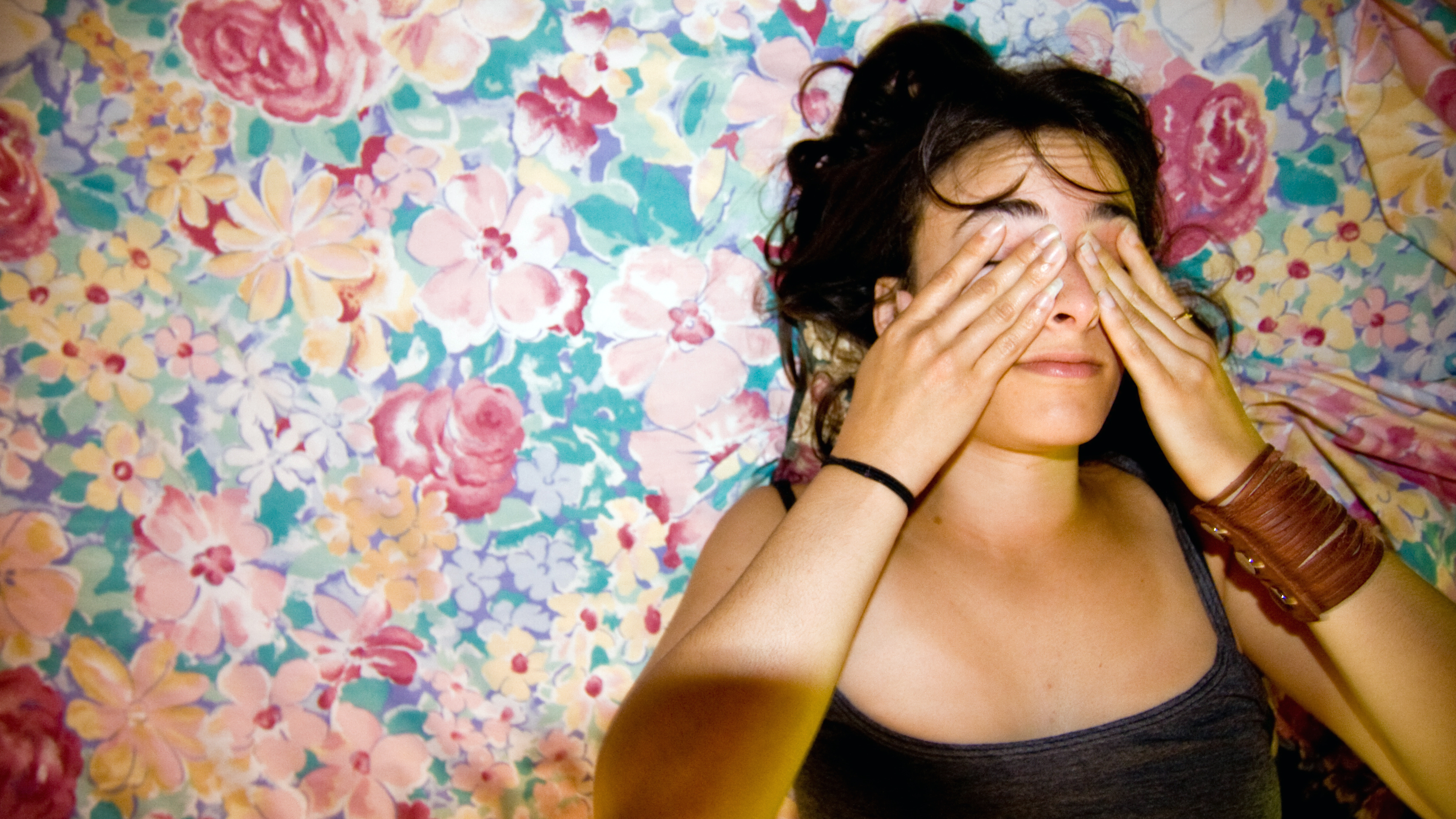With Fewer Electronics, People Follow a Natural Sleep Cycle

The brain uses certain cues to know when to wake up; eating gets our metabolic systems going; and light suppresses the sleep chemical melatonin. But researchers have stated again and again how artificial light from iPads and smartphones — blue light — is messing with our sleep patterns. Developers have the task of finding ways to suppress this spectrum of light that’s keeping users awake at night.
Gregory Ferenstein from Pacific Standard writes on several recent studies that look at how people in cities with fewer electronics sleep. One study found that the people in the rural town of Baependi, Brazil, take more of their cues from the sun.
Malcolm von Schantz from the University of Surrey, who led the study, explained:
“The people of Baependi, particularly those in the countryside, maintain a much stronger link with the solar rhythm, largely because many of them work outdoors. Midnight really represents the middle of the dark phase, and yet many of us in the industrialized world are not even in bed by then.”
The town sleeps at sundown (around 9:30 p.m.) and wakes with the rising sun (around 6:30 a.m.), whereas people in London wake around 8:30 a.m. and go to bed around 11:15 p.m. With fewer devices to compete for their attention, they’re able to detach themselves. But it’s also about the kind of light these devices emit. The blue-spectrum light, the same as the rising sun, is supposed to set our bodies in motion, but instead plays tricks on our sleep/wake cycle.
After all this research, tech giants have a new niche to market if they can figure out how to shade this blue glow. One startup founder, Michael Herf, already has. His f.lux software fixes this problem. “It makes the color of your computer’s display adapt to the time of day, warm at night and like sunlight during the day.”
While some consumers are aware of the risks, it’s time for developers to consider how they can create night-friendly tablet devices.
Read more at Pacific Standard.
Photo Credit: Shutterstock





